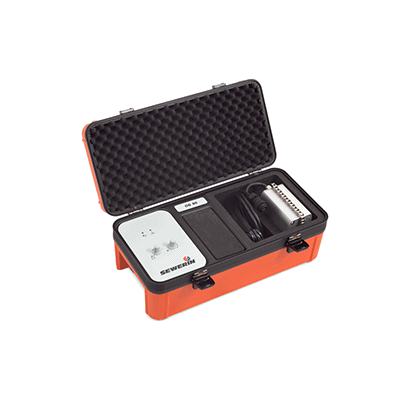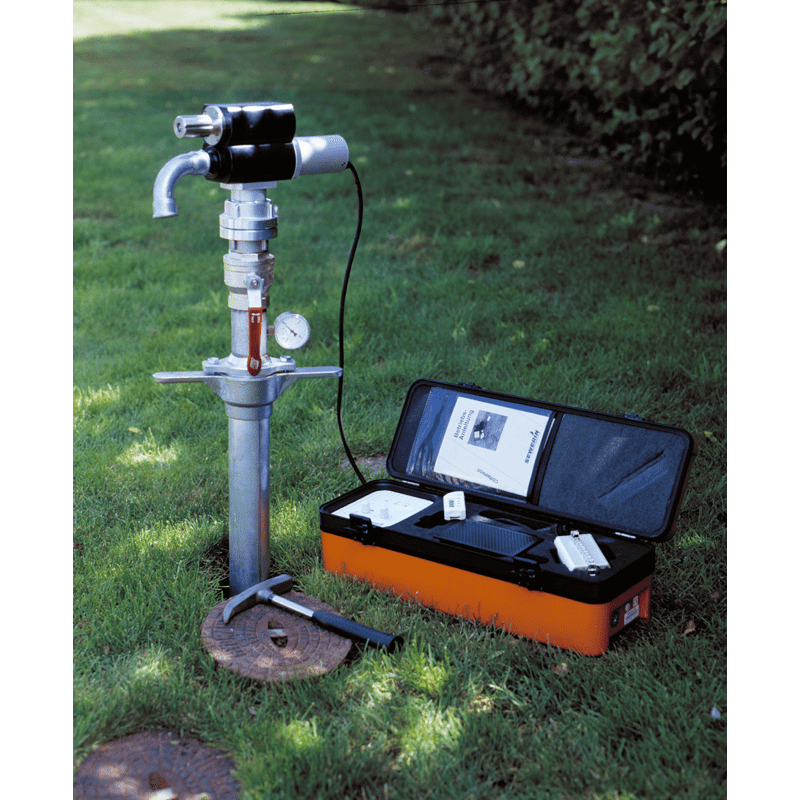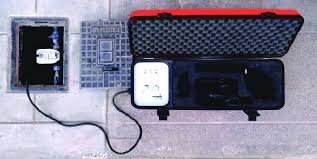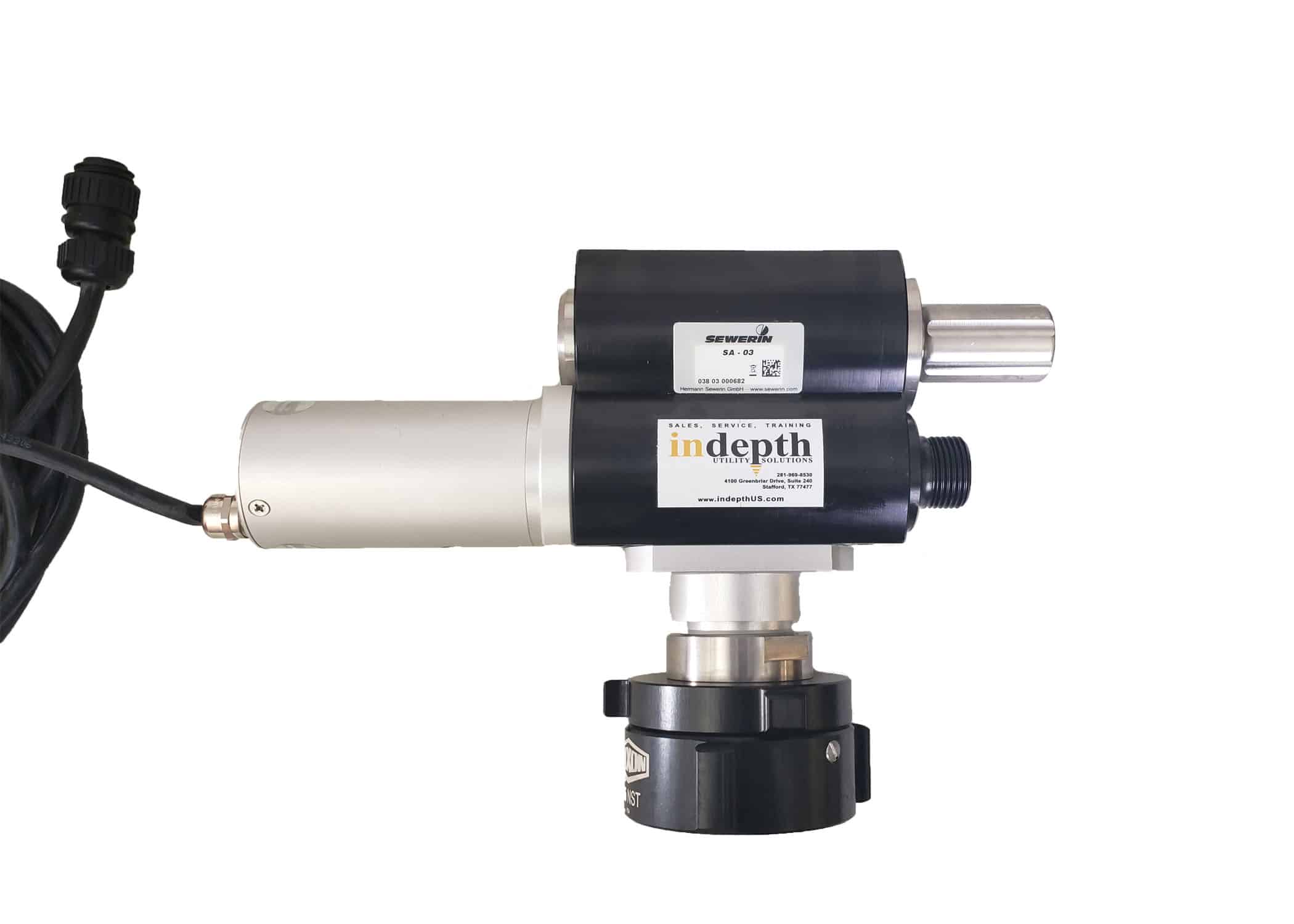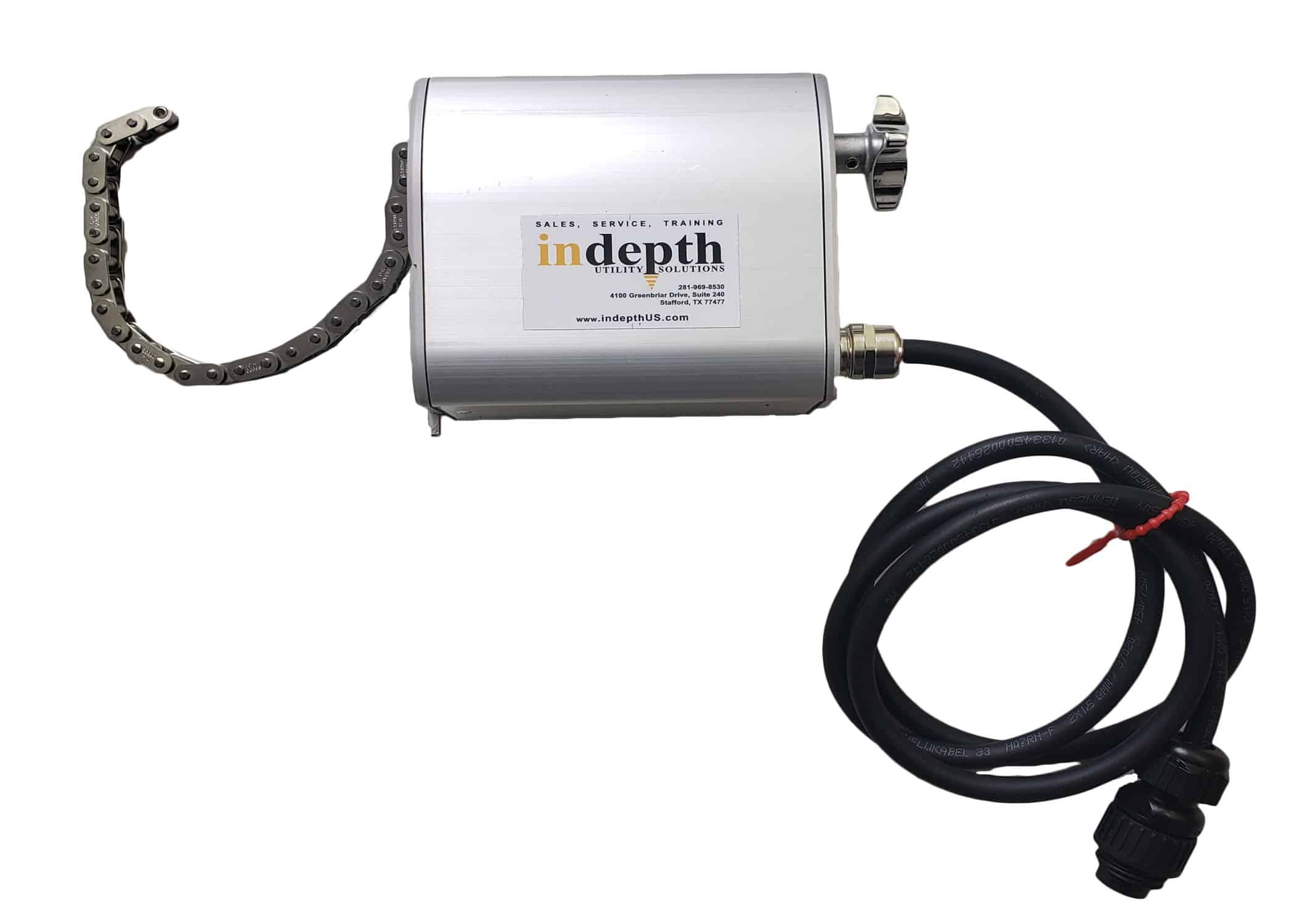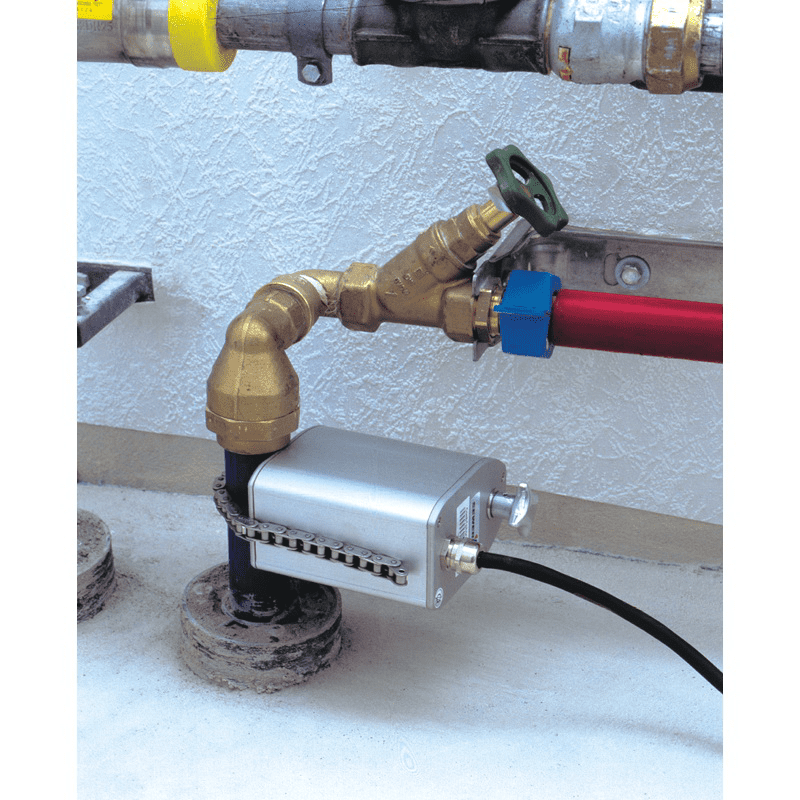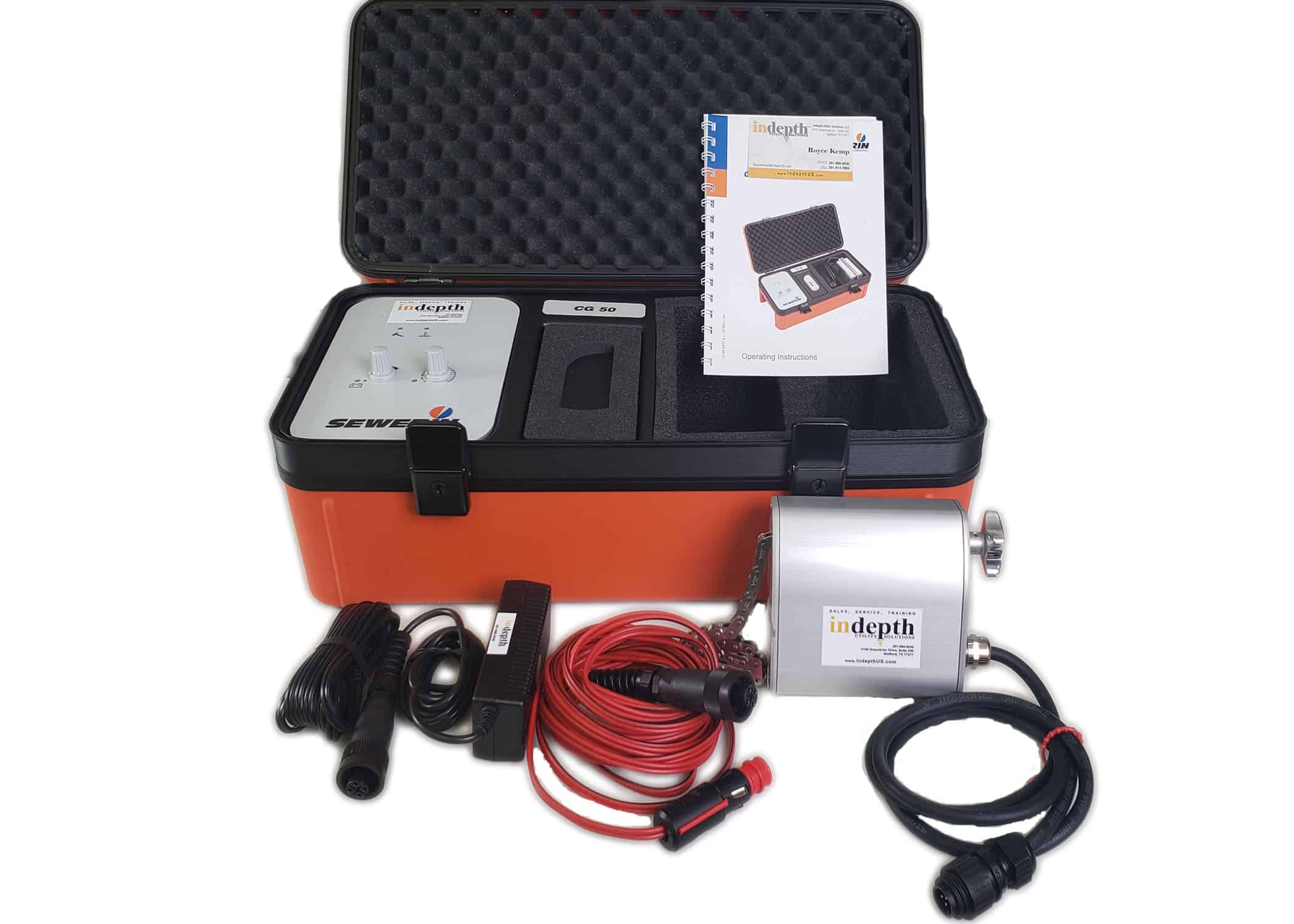Combiphon
Download technical docs:
1. Choose Your Variation
$5,772.00 – $8,663.00
Ships to TX, AR, OK and LA
Product Description
Combiphon Overview:
The principle of the Combiphon system is that plastic pipes can be located acoustically via mechanical vibrations. This is different than the conventional electromagnetic location used. Since plastic pipe is not conductive, mechanical vibration is a better method for water pipes.
When the pipe is caused to vibrate, these vibrations spread along the pipe to the earth’s surface where they can be picked up by a ground microphone. The pipeline is located where the intensity is greatest. Another name for this method is the acoustic method. It can also be used to locate fiber cement pipes and metal pipes.
Available Customizations:
All Combiphon systems are designed with a Generator G5 central control unit and various impulse generators. The user can vibrate the pipe appropriately, causing those vibrations to spread along the pipe to the earth’s surface. At that point the user can hear them on ground microphone.
The Combiphon system can come with a Striker (or “knocker”), designed for residential connections. Alternatively, it can come with a Stopper, designed for water mains and longer distances and diameters. There is also a Combiphon Complete Kit that includes both the Striker and the Stopper.
Available Striker Kit Configuration:
The Combiphon Striker kit comes with the Generator G5 and a striker or “knocker.” This striker steadily taps the pipe from the outside like a small electric hammer. This transmits the sound down the pipe. This is a good solutions for residential connections. However, the sound transmission may be difficult if the pipes are filled with air or gas.
Available Stopper Configuration:
Unlike residential lines, water mains require more energy to vibrate. With the stopper, you can vibrate the water column by controlling the volume. This process involves using a stopper and a hydrant. The waves will then generate the needed noise.

